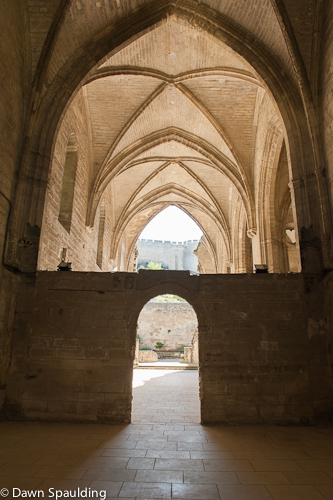
Looking through the church’s interior
But for the religious requirement and the communal living, this lovely monastery tucked away in quiet Villeneuve-lés-Avignon would have been an appealing place to call home.
13th-century village Villeneuve-lés-Avignon is overshadowed by neighboring Avignon, but its second-rate status ensures quiet streets and a slow pace.
In the 14th century, Pope Innocent VI donated some land and a private residence to this Carthusian monastery.
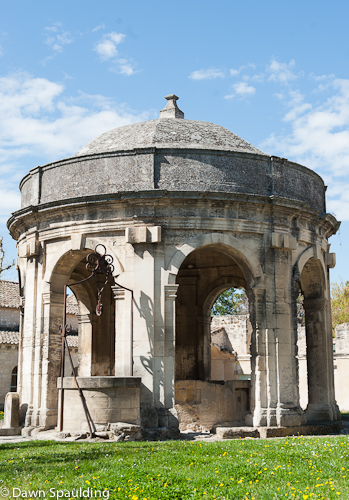
18th-century rotunda in the St. John Cloister
The initial structure was to accommodate 12 monks. Over the centuries, it ended up with 40 monk cells, three cloisters, gardens, a church and a chapel as well as the standard household rooms such as the laundry room, shaving room and prison. Ultimately, it was the largest Carthusian monastery in France.
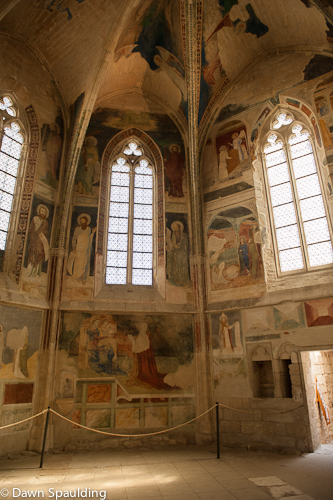
Chapel
The Tintel Chapel was part of the original house. Its frescoes are by Matteo Giovanetti’s, who also painted the frescoes in Palace of the Popes, and show scenes from St. John the Baptist.
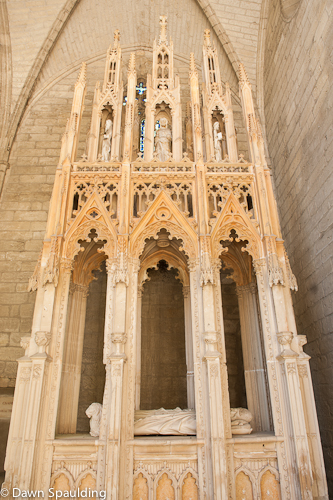
The founder, Pope Innocent VI
Pope Innocent VI’s mausoleum rests in the main area.
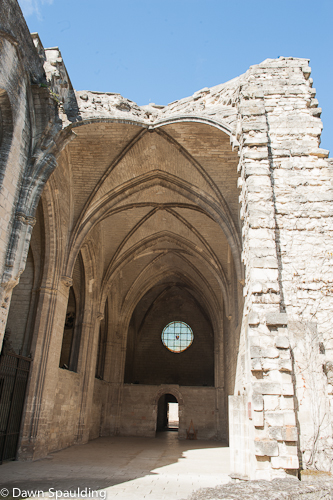
Looking into the ruins
During the French Revolution, the monastery was divided into lots and sold. The art and library were distributed and the structure was damaged.
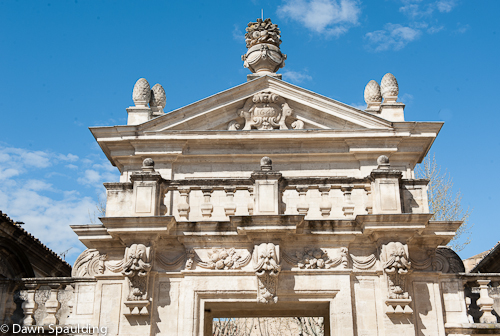
17th-century baroque arch
In the early 20th century, the state bought back the building, piece by piece, and began restorations.
Today, the monastery houses artists-in-residence.
58 rue de la République
www.chartreuse.org
€7.70/person
No comments yet.